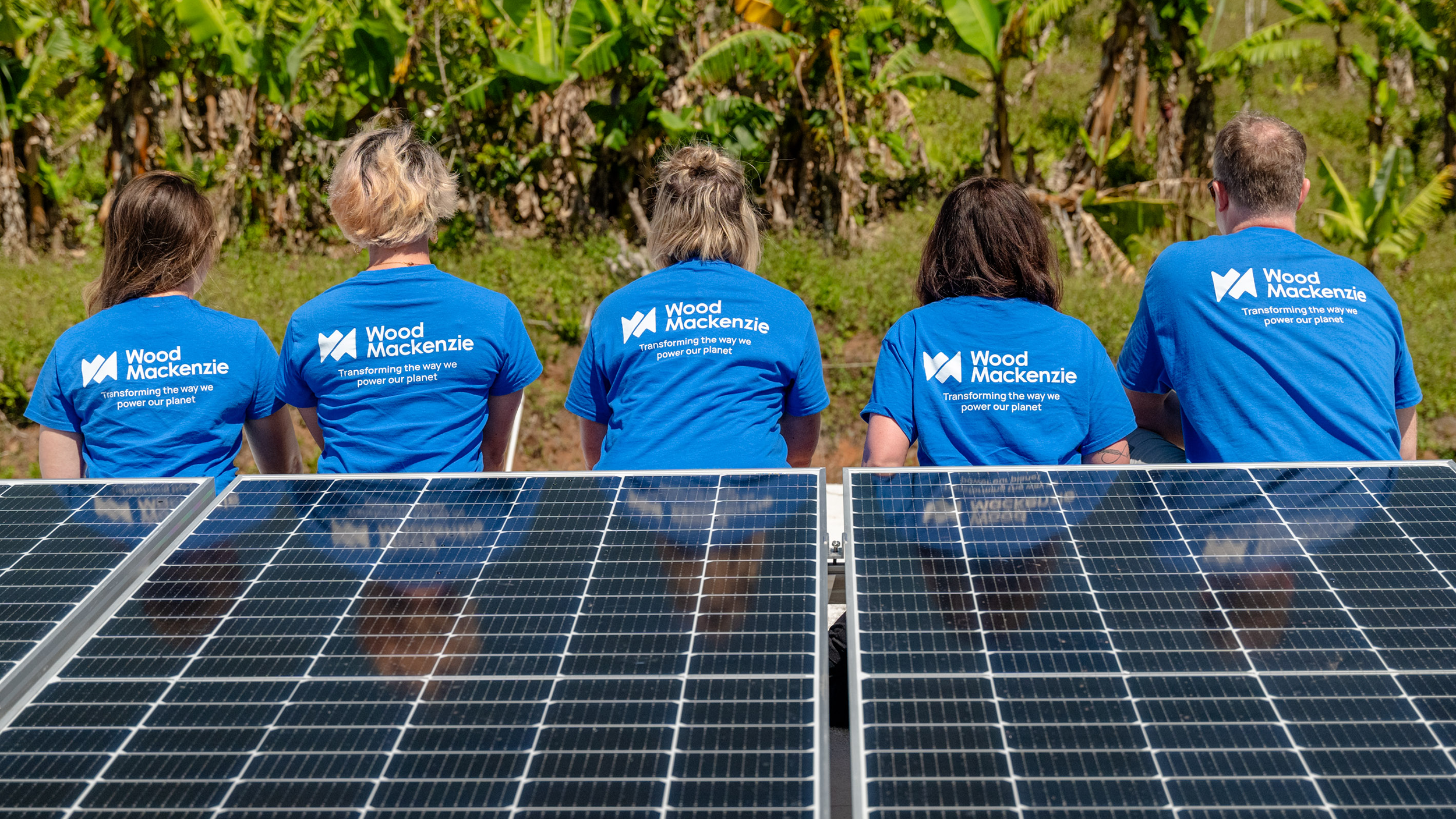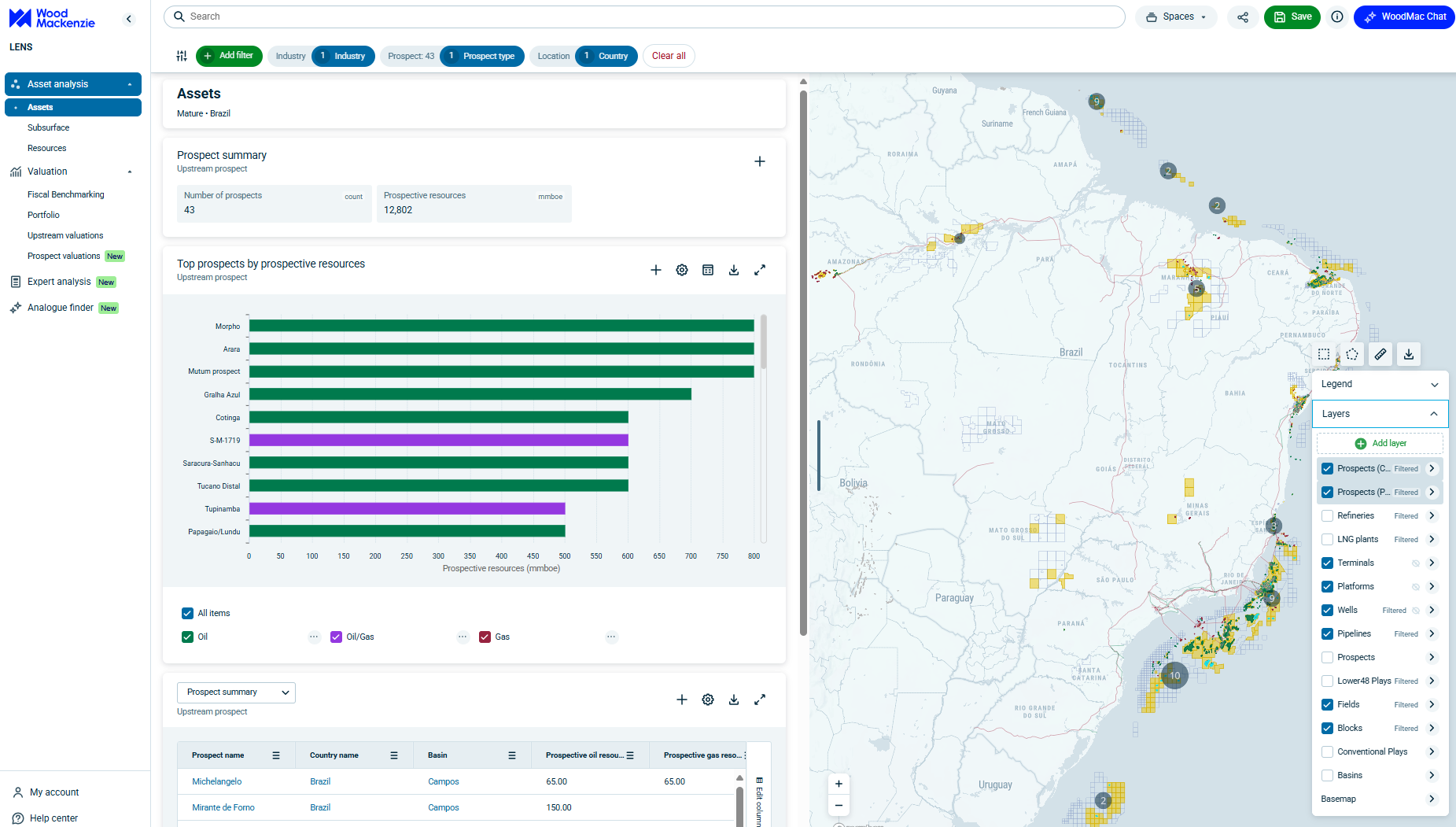Should the Majors spin off new energy?
This report is currently unavailable
*Please note that this report only includes an Excel data file if this is indicated in "What's included" below
Report summary
Table of contents
- Utilities have been here before
- 1) Lowering the cost of capital: sum of the parts vs sum of the aparts
- 2) Improved see-through value
- 3) Enhanced capacity for corporate renewables M&A
- 4) More efficient capital allocation
- What are the trade-offs?
- Leveraging operational synergies
- Funding potential of legacy cash flow
- Exploiting synergies with the legacy business
Tables and charts
This report includes the following images and tables:
- Examples of the evolution of equity holdings in renewables subsidiaries
- Examples of the evolution of equity holdings in oil and gas subsidiaries
- Majors’ net renewable capacity targets
- EV/trailing 12-month EBITDA: Big Renewables vs the Majors (at 31/12/2020)
- Enterprise value of Repsol’s LCG business under different EV/EBITDA multiple scenarios ( M)
- WM estimate of BP’s wind and solar cash flow if targets are hit: baseline returns vs integration uplift
What's included
This report contains:
Other reports you may be interested in
Autonomous vehicles are taking off: How will they impact energy markets?
New software and platforms mean that AEVs can achieve cost-parity with existing Transport-as-a-Service (TaaS) by 2027.
$1,250Military Operated Area (MOA) (Ceased)
The Military Operated Area (MOA) consists of several small oil fields and exploration acreage onshore Northern Thailand, ...
$3,720Yifeng - Lithium refinery
A detailed analysis of the Yifeng lithium refinery.
$2,250














